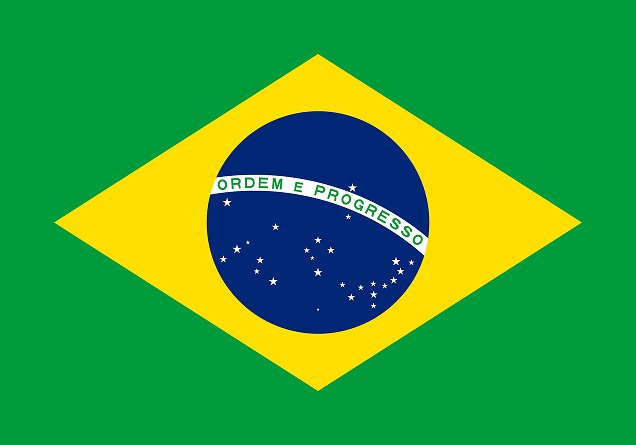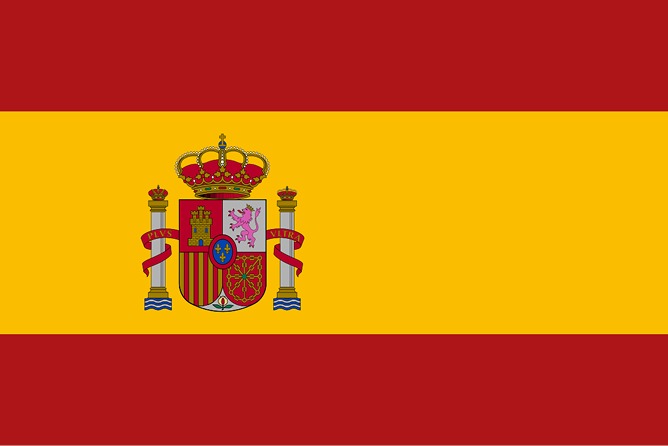Não conseguimos encontrar a internet
Tentando reconectar
Algo deu errado!
Aguarde enquanto voltamos ao normal
How rare is too rare to harvest?: Management challenges posed by timber species occurring at low densities in the Brazilian Amazon
01/09/08Schulze, M.; Grogan, J.; Landis, M.; Vidal, E. 2008. How rare is too rare to harvest?: Management challenges posed by timber species occurring at low densities in the Brazilian Amazon. Forest Ecology and Management (Volume 256, Issue 7, 20 September 2008, Pages 1443-1457). https://doi.org/10.1016/j.foreco.2008.02.051
Abstract
Tropical forests are characterized by diverse assemblages of plant and animal species compared to temperate forests. Corollary to this general rule is that most tree species, whether valued for timber or not, occur at low densities (<1 adult tree ha−1) or may be locally rare. In the Brazilian Amazon, many of the most highly valued timber species occur at extremely low densities yet are intensively harvested with little regard for impacts on population structures and dynamics. These include big-leaf mahogany (Swietenia macrophylla), ipê (Tabebuia serratifolia and Tabebuia impetiginosa), jatobá (Hymenaea courbaril), and freijó cinza (Cordia goeldiana). Brazilian forest regulations prohibit harvests of species that meet the legal definition of rare – fewer than three trees per 100 ha – but treat all species populations exceeding this density threshold equally. In this paper we simulate logging impacts on a group of timber species occurring at low densities that are widely distributed across eastern and southern Amazonia, based on field data collected at four research sites since 1997, asking: under current Brazilian forest legislation, what are the prospects for second harvests on 30-year cutting cycles given observed population structures, growth, and mortality rates? Ecologically ‘rare’ species constitute majorities in commercial species assemblages in all but one of the seven large-scale inventories we analyzed from sites spanning the Amazon (range 49–100% of total commercial species). Although densities of only six of 37 study species populations met the Brazilian legal definition of a rare species, timber stocks of five of the six timber species declined substantially at all sites between first and second harvests in simulations based on legally allowable harvest intensities. Reducing species-level harvest intensity by increasing minimum felling diameters or increasing seed tree retention levels improved prospects for second harvests of those populations with a relatively high proportion of submerchantable stems, but did not dramatically improve projections for populations with relatively flat diameter distributions. We argue that restrictions on logging very low-density timber tree populations, such as the current Brazilian standard, provide inadequate minimum protection for vulnerable species. Population declines, even if reduced-impact logging (RIL) is eventually adopted uniformly, can be anticipated for a large pool of high-value timber species unless harvest intensities are adapted to timber species population ecology, and silvicultural treatments are adopted to remedy poor natural stocking in logged stands.
 PT
PT
 ES
ES
 EN
EN

